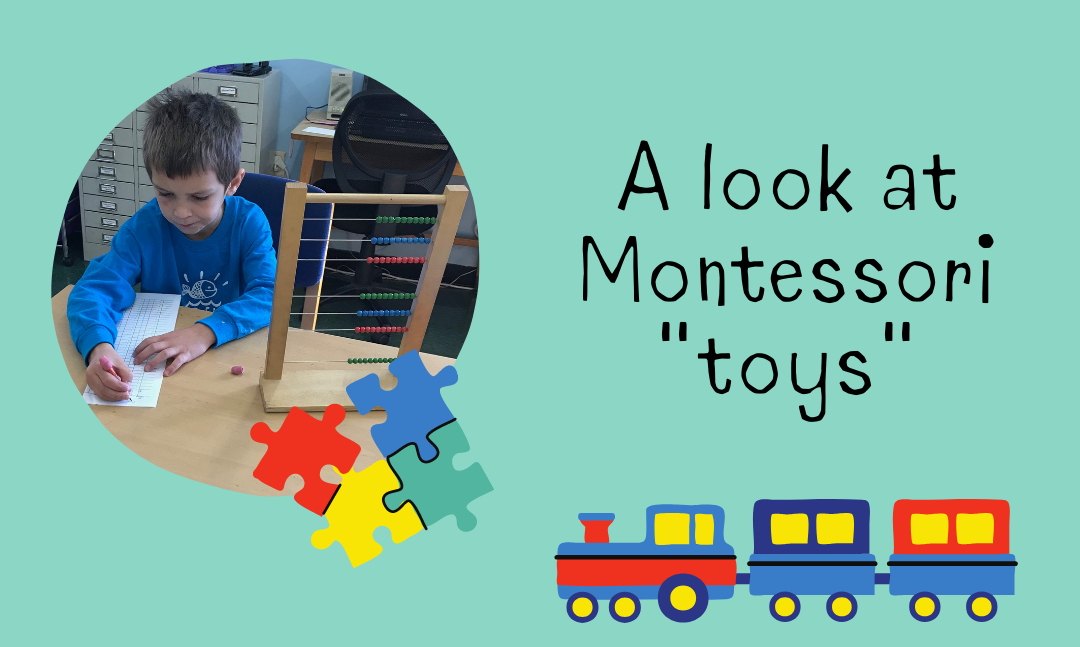If an untrained eye were to scan a Montessori toddler or primary classroom, she might see shelves filled with materials and identify those materials as toys. If that same person were to watch our students navigate the classroom, she might come to the same conclusion – our youngest students learn by playing with “toys.” But these materials have specific exploratory value, and are meant to be discovered through a combination of guided instruction and peer-to-peer interaction. They are less toys and more tools for increasing a child’s understanding of the world around them.
There are a number of elements of the Montessori Method coming into vogue within popular culture. One way we see the descriptor “Montessori” mentioned often is in the discussion of at-home toys. You’ll see mommy bloggers and even Montessori schools discussing “Montessori toys” and their benefits.
We believe that there is an important distinction that needs to be made – Montessori materials within the classroom serve a specific purpose. While they’re used by children differently, they work to guide them toward shared understanding and specific conclusions. Sometimes that comes through the process of imaginative
play, and sometimes it comes through deductive reasoning. But these materials are not “toys” – they are
learning tools.
That being said, there are elements of Montessori materials that can be found in many toys. And there are toys on the market that can complement the materials that your child uses in their Montessori environment. Here
are some examples of toy characteristics to consider if you want to mimic Montessori materials at home.
Look for natural materials.
If you were to visit our environments, you would find that many of our materials are made out of wood.
Choosing toys made out of natural materials will mimic the sensations that your child will feel as they explore
their Montessori classroom. Your toys at home don’t always have to be wood – things like metal, water, sand
and fabric are other great materials to add to the mix.
Simple is better.
As we said before, Montessori materials are designed to teach specific lessons. They are not complicated, and
are instead focused on specific learning objectives. To mimic this, choose toys that have one clear purpose.
This will allow your child to engage with a specific activity and will prevent stimulus overload. Things that
produce their own sounds, spin or light up when your child interacts with them don’t fall into the Montessori-
inspired toy category.
Toys should be manipulatable.
One of the benefits of Montessori materials is that they lean into your child’s natural inclination to learn by
doing, holding and moving. If you’ve ever watched a baby, you’ll see how they use their hands and mouth to
physically manipulate and discover new materials you give them. In this same vein, Montessori-inspired toys
should be manipulable. Toys that require you to push shapes through holes, use a lever to produce a reaction
or roll balls down a ramp are great examples of manipulative toys.
Toys are based in reality.
Montessori-materials are based in reality. Things like a wooden kitchen set or a Zoo animal floor puzzle are
great examples of reality-based toys. Toys featuring fictitious characters – like unicorns or gryphons, wouldn’t
be found in a Montessori classroom. If searching for Montessori-inspired toys is important to you, look for toys
that are based in the real world.

